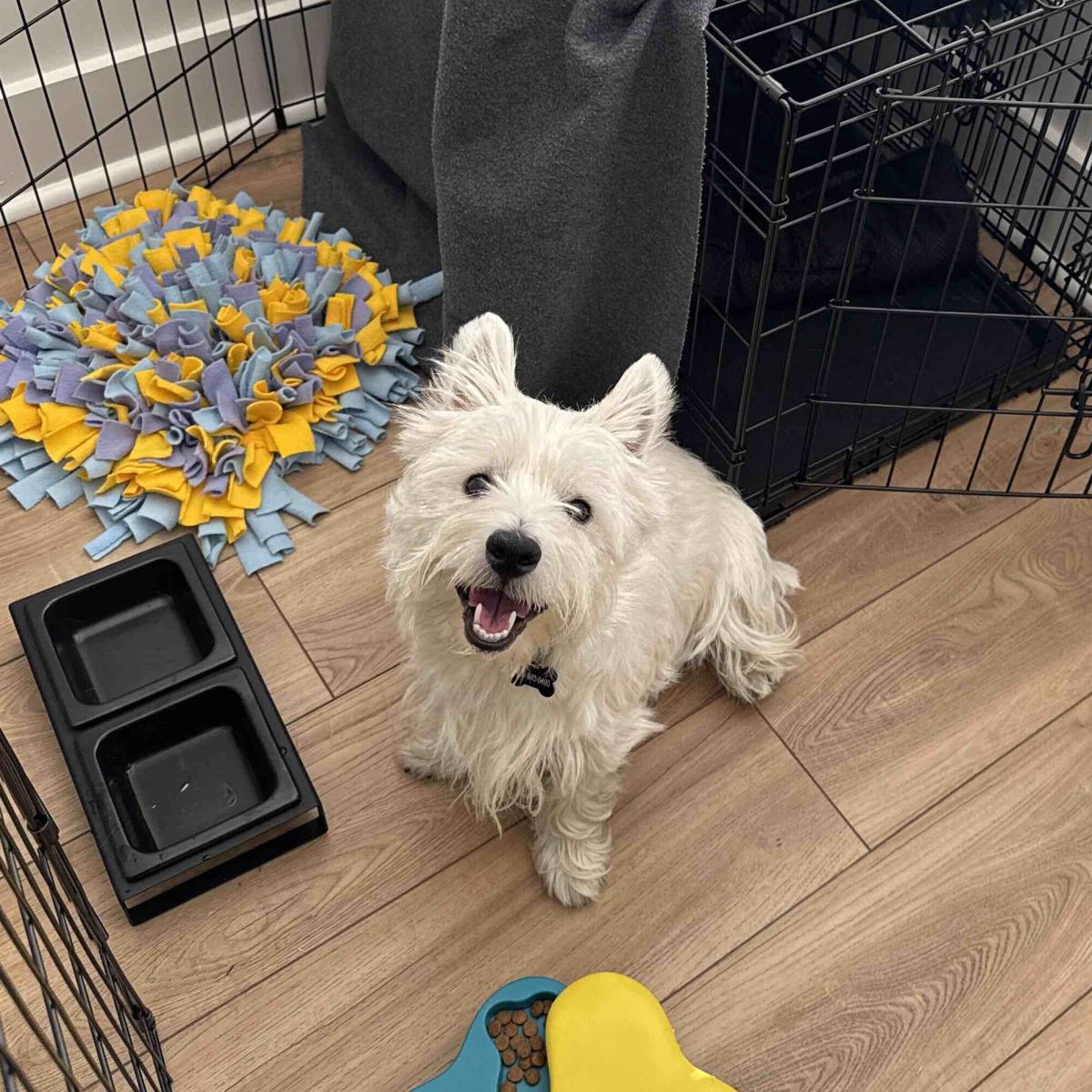If you’re a dog owner wondering why your adorable pet is barking at other people and dogs, instead of living up to their potential of the belle of the dog park, read on for exclusive Swifto tips to nurture your stranger-shy dog.
Every owner’s first hurdle is to understand why their dog happens to be barking at strangers. There are many potential causes for shyness such as a previously abusive owner or a child that got a bit too rough. If you notice your dog acting friendly to certain groups of people, while consistently showing aggression towards others, your companion may have been mistreated by a previous owner. Your dog is showing you they have specific associations with these types of people, but rest assured that these associations can be broken over time.
Some dogs are shy because they were overwhelmed when meeting strangers from age three weeks to twelve weeks, a very important stage in development. If your dog was never taught to associate reaching hands and strangers with love and relaxation, you’ll have to work with your dog to change their default of tensing up and help them to learn to relax when meeting strangers.
Have you had your dog from the get-go and still unsure about their stranger shyness? An older dog with a bad neck or back may associate strangers with rough petting. They may be barking to say “Hey, my neck hurts. Let’s not meet today.”
Have a younger dog? Certain dogs may be especially anxious due to borderline hypothyroidism. This is an abnormality of your dog’s brain to regulate hormones. Extreme hypothyroidism leads to lethargy and loss of appetite, but borderline hypothyroidism can result in a dog who is very wary of strangers. Because there can be medical or anxiety issues surrounding barking at strangers, Swifto recommends a trip to the vet if your dog’s behavior is seriously impacting your life.
After your vet rules out any medical causes for your dog’s loud distaste for strangers, then let the training begin! Trainers typically recommend healthy dogs who bark at strangers to go through something called ‘desensitization training’. This practice breaks down fear by repeatedly exposing them to their fears in a controlled setting and engineering positive associations with the once-negative situation. This practice is also used for humans with obsessive compulsive disorder or other types of fear disorders.
Want to give it a whirl? Enlist a friend (someone unknown to your dog) and lead your dog towards them in a circular path, gradually getting closer and closer to the stranger. If he/she is too apprehensive you may want to back off, we don’t want any bites or you losing any friends! Ouch! Your dog should slowly adjust to the idea of meeting someone new. Instruct the “stranger” to ignore your dog for a few minutes and then wait to drop a treat at your signal. Once your dog seems semi-relaxed standing near the stranger, have your friend drop the treat. If the dog really is at ease they’ll eat the treat. Once the dog is less nervous, ask your friend to get on your dog’s level and try to hand feed them a treat. Again, please be careful not to get too close to their face as bites aren’t fun. Remember you’re pressing their buttons! The goal of this exercise is to lead your dog to associate strangers with delicious food and feelings of reward.
Keep in mind it is ALWAYS your responsibility to keep strangers from immediately petting your dog and generally getting in your dog’s face. Their fear of strangers will only subside with patience, desensitization, and an owner who keeps strangers calm and pleasant for their dogs.


